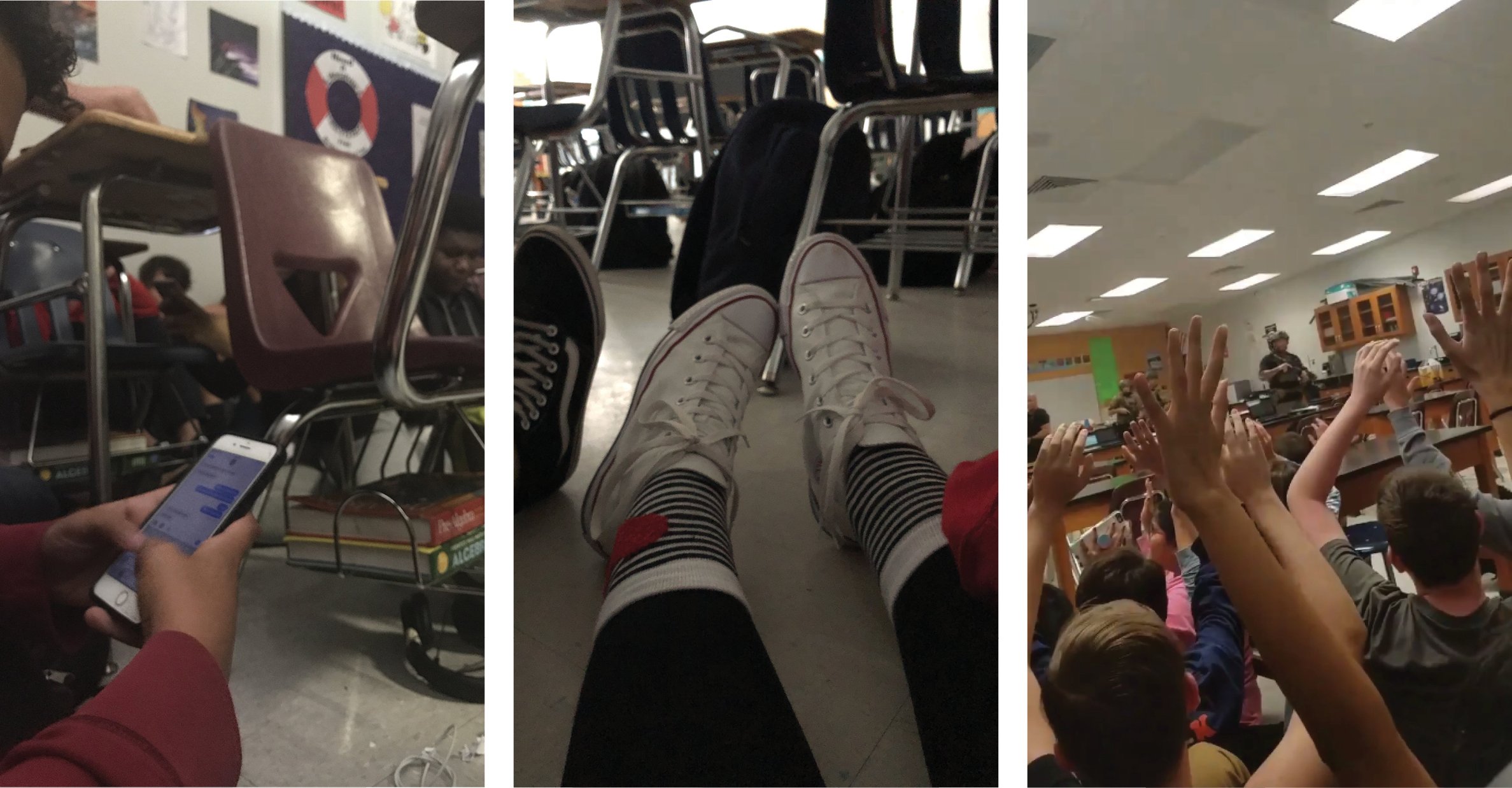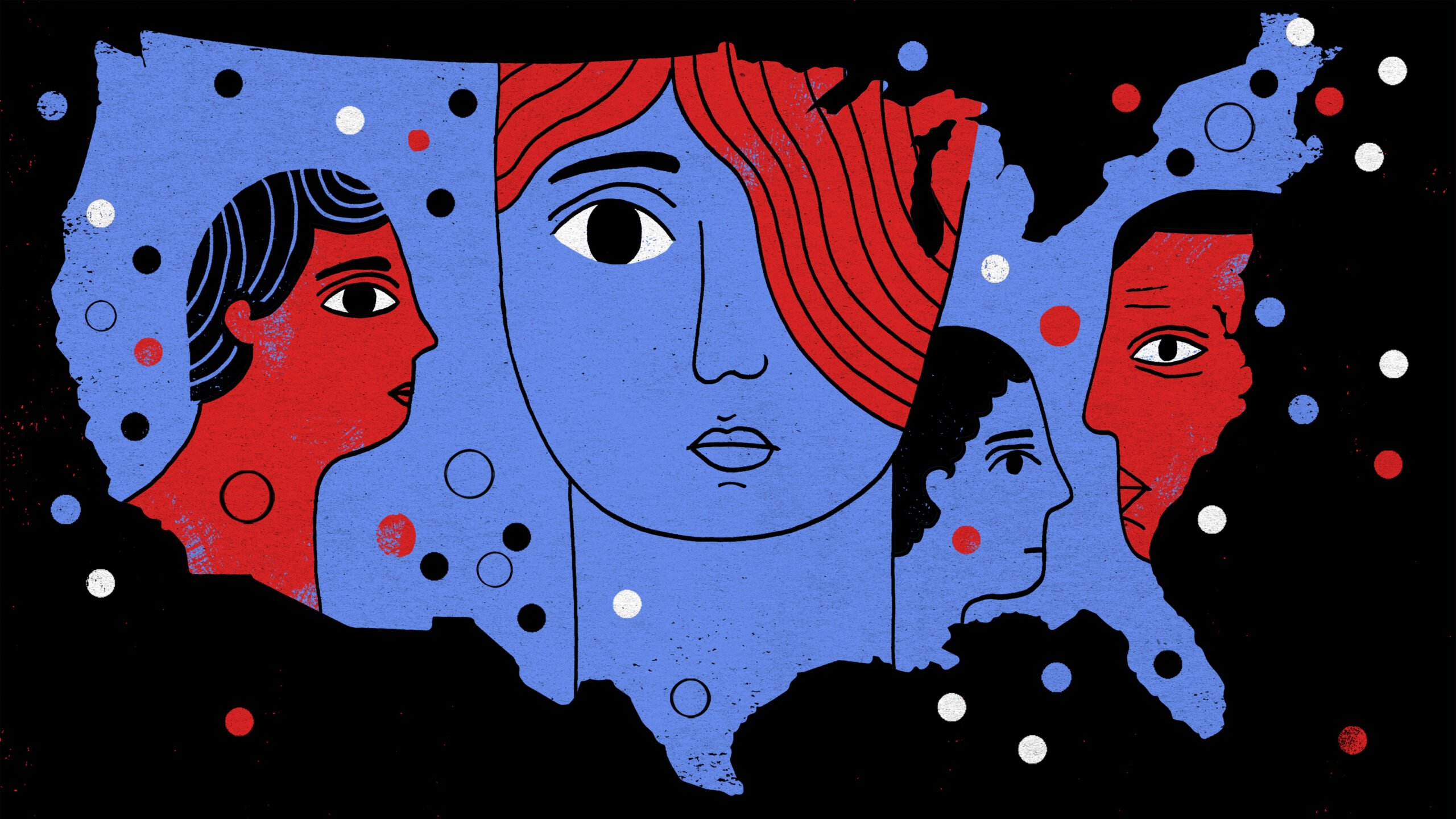Marjory Stoneman Douglas High is a big school, enrolling some 3,000 students. It has been four days since it was struck by one of the worst mass shootings in modern American history.
Stoneman Douglas is therefore now part of something much larger — the struggle to reduce gun violence in America. It did not choose that fate. But it is also clear that its students are unwilling to cede what happens next. They are determined to write their own story.
They want you to know who was taken from their community. So let us start there.
A freshman thrilled to have made varsity soccer. A swimmer with Olympic dreams. Two 14-year-olds who spent their off-hours helping special needs kids.
They were among the 14 children shot dead in Parkland, Florida, this Wednesday afternoon. Fifteen others suffered gunshot wounds; several have undergone multiple surgeries. The young victims were just starting to imagine what they’d become. Their years of birth — 1999, 2001, 2003 — marked lives far too brief.
The faculty members who died alongside them are being remembered as their confidantes and mentors. And now as heroes, to those whose lives they saved.
The students of Stoneman Douglas want you to remember the friends, classmates and teachers they lost. This is who they were.

WHAT THEY SAW, AND HEARD
It seemed like America might be growing numb to mass shootings. Then Parkland students pulled out their phones.
Gun rampages have become frequent enough to develop a familiar visual language: The aerial footage of survivors filing away from danger, hands up or on the next person’s shoulders. Closeups of reunited families and sobbing mourners. Panoramas of nighttime vigils.
For all their power, those scenes had recently lost their ability to hold the nation’s attention. But Parkland may be different, The Trace’s James Burnett and Elizabeth Van Brocklin wrote in an essay for the Washington Post, because of the record that Stoneman Douglas students created while their school was under siege.
Unmediated and unsanitized by journalism’s conventions, the videos they recorded steal your breath, and then your sleep. They are difficult to watch, but also essential to confront. They make real what reporting after the fact can’t quite: The horror of experiencing gun violence firsthand.

THE STAND THEY ARE TAKING
Eloquent and poised, these kids will not accept more inaction. They are unafraid to take on their critics.
“There’s this section of society that will just shrug this off, and send their thoughts and prayers, but will march for hours if they have to bake a rainbow wedding cake. … Our community just took 17 bullets to the heart. And it feels like the only people who don’t care are the people making the laws.”
—Junior Cameron Kasky, to CNN.
“Please! We are children. You guys are, like, the adults. Take action, work together, come over your politics, and get something done.”
—Senior David Hogg, to CNN.
“I was hiding in a closet for 2 hours. It was about guns. You weren’t there, you don’t know how it felt. Guns give these disgusting people the ability to kill other human beings. This IS about guns and this is about all the people who had their life abruptly ended because of guns.”
—Senior Carly Novell, rebutting right-wing pundit Tomi Lahren on Twitter.
“For those…telling me to shut up, telling me I don’t know what I’m talking about, & many other things. Know that I stand my ground, as a Douglas student. A student who’s lost classmates, friends, & coaches. For the rest of my life, I will demand change. #neverforget”
—Stoneman Douglas student K.C. Parrow, on Twitter.
